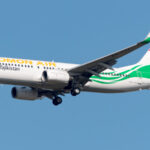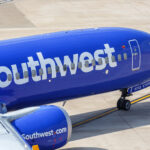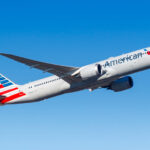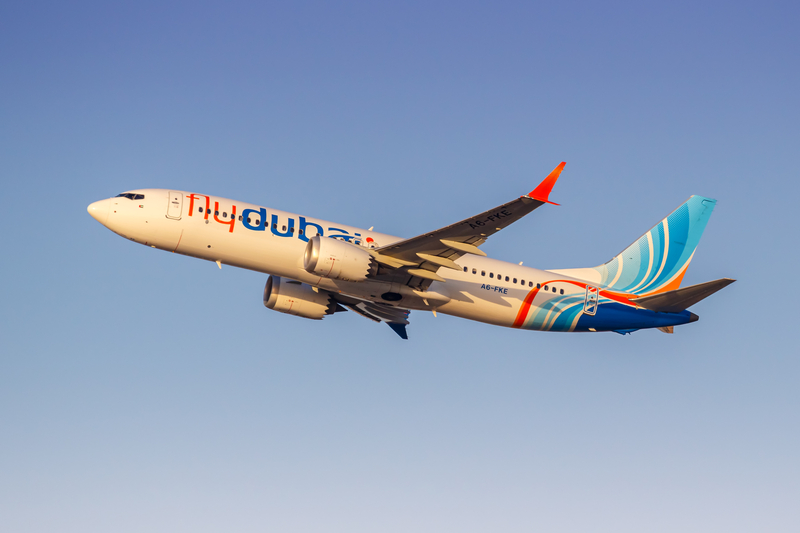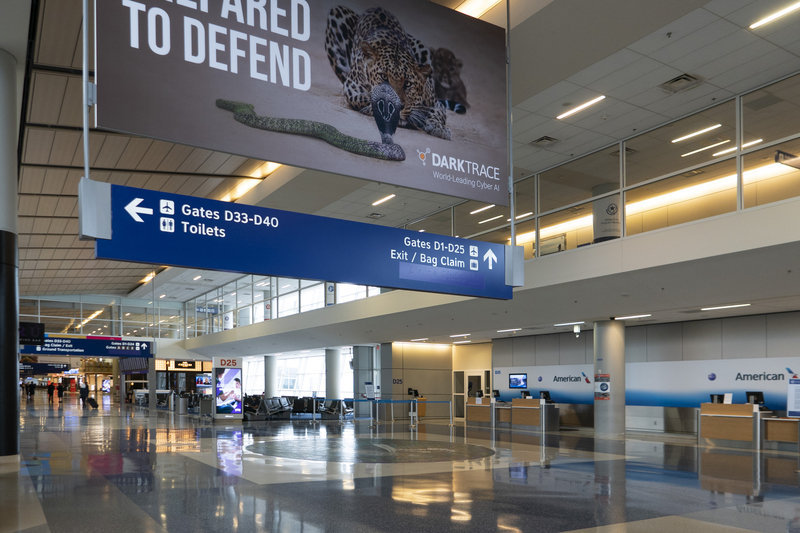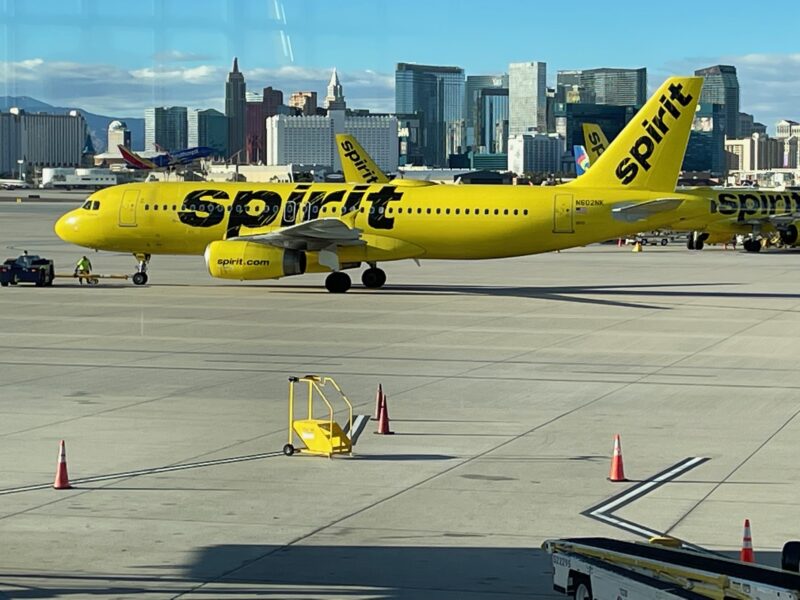AirJapan To Wind Down Operations In 2026
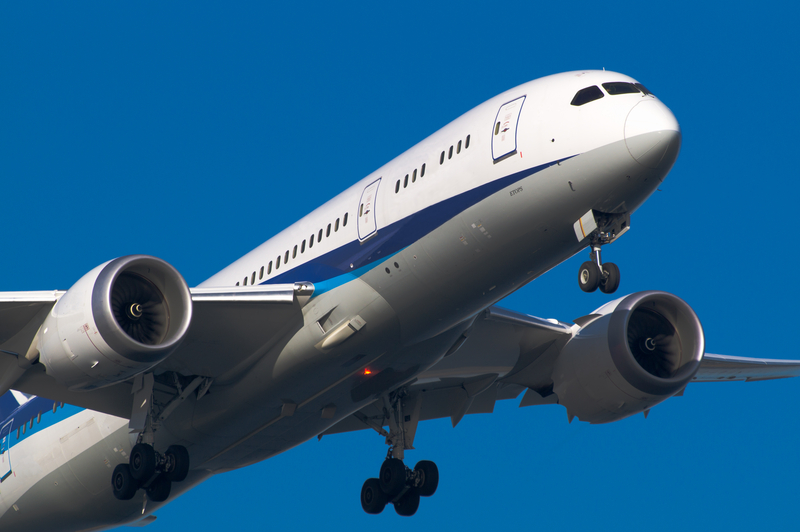
ID 40453875 | Air Japan © Motive56 | Dreamstime.com
When All Nippon Airways quietly rolled out AirJapan in February 2024, the pitch was very Japanese and very specific: a Narita (NRT)–based carrier that wasn’t a full-service airline like ANA, but also wasn’t a bare-bones LCC. It would fly medium-haul routes around Asia on refurbished Boeing 787-8s, sell you only the services you actually wanted, and lean on ANA standards for safety and reliability. Less than two years later, that experiment now has an end date.
On October 30, 2025, AirJapan announced that all flights under the AirJapan (NQ) brand will stop after the last rotations from Bangkok Suvarnabhumi (BKK)–Narita (NRT) – flight NQ2 – and Singapore Changi (SIN)–Narita (NRT) – flight NQ4 – in the early hours of March 29, 2026. The company stressed that customers can keep booking and flying the schedule until then, but from the next fiscal year it will operate exclusively as ANA-branded service. Air Japan
So what was AirJapan, what did it fly, and why is it disappearing?
A Narita-Based Hybrid Carrier Inside ANA
Air Japan Co., Ltd. isn’t new. It was founded in 1990, later became an ANA subsidiary, and for years operated 767s and then 787s on behalf of ANA on routes like Osaka–Seoul and medium-haul Asia flying. In March 2022 ANA said it would use that platform to create a third brand – AirJapan – to sit between ANA and Peach. Real flying under the new colors began on February 9, 2024 with Tokyo Narita (NRT) – Bangkok (BKK).
The product was deliberately “lean but not low-end”:
-
Aircraft: Boeing 787-8 Dreamliner in an all-economy layout of roughly 330 seats (ANA said 324 at launch). Power at every seat, overhead bins like mainline, but no seatback screens – content was streamed to personal devices.
-
Service model: buy-what-you-need ancillaries, Japanese-style cabin presentation, and ANA operational standards.
-
Base: Narita (NRT), chosen for connectivity to ANA’s long-haul banks and because Narita still has attractive slots for medium-haul growth.
ANA’s CEO at the unit, Hideki Mineguchi, described it as “neither FSC nor LCC,” aimed at price-sensitive Asia traffic that still expects Japanese quality.
Where AirJapan Actually Flew
Despite early talk of “gradual expansion,” the network stayed compact – and that’s important when you look at the decision to fold the brand back into ANA.
-
Tokyo Narita (NRT) – Bangkok Suvarnabhumi (BKK)
-
First route, from Feb 9, 2024, 6–7x weekly, timed for connections on both ends.
-
Operated by 787-8s. This is one of the flights that will run right up to March 28–29, 2026.
-
-
Tokyo Narita (NRT) – Seoul Incheon (ICN)
-
Announced in late 2023, launched Feb 22, 2024, giving the brand a short-haul, high-demand market and a way to sweat aircraft between longer sectors.
-
-
Tokyo Narita (NRT) – Singapore Changi (SIN)
-
Started April 26, 2024, then built up to daily from November 21, 2025, once the third 787 was available. This is the other route explicitly named to operate the very last NQ4/NQ3 sectors on March 28–29, 2026.
-
That’s essentially it. By late 2025 the public timetable showed three scheduled routes, all out of Narita (NRT), all on 787-8s, all aimed at thick, price-sensitive Asia flows. ch-aviation was still listing “3 routes / 6 daily flights” for the brand, which lines up with those three city pairs.
So Why Shut It Down?
The October 30 statement is short, but two lines tell you everything: AirJapan has been operating flights under both the AirJapan and ANA brands, and from the next fiscal year it will operate ANA-branded flights only. That sounds less like a failed airline and more like a group-level simplification – ANA is choosing brand clarity over running three logos on very similar Asia routes out of the same airport.
A few likely drivers:
-
Scale never arrived. With only three 787-8s in 2025, AirJapan couldn’t get the unit-cost advantage you expect from an LCC-adjacent brand. Every new city (say, Hanoi or Manila) would have required another aircraft and marketing push.
-
Overlap with ANA. ANA mainline also flies Narita–Bangkok (BKK), Narita–Singapore (SIN), and Japan–Korea. As soon as demand tightened or costs rose, the lower-brand “cousin” was always going to be the easiest to absorb.
-
Seating and product were fixed. The 787-8 in 324-seat all-Y is great for BKK and SIN, but it leaves no flexibility for markets that need a premium cabin. Once ANA decided to “operate ANA branded flights exclusively,” it could redeploy those 787s however it wants, under the stronger global brand.
What Happens To Passengers?
The airline says no special procedure is required – if you hold an NQ ticket for a date before March 28, 2026, travel as planned. You can still book on flyairjapan.com for dates up to the last flight. After that, ANA will continue to serve the same core markets under its own code, so most O&D traffic will still have a Japan option – just not under the white-and-gold AirJapan livery.
Bottom Line
AirJapan was ANA’s attempt to bottle a very specific genie: medium-haul Asia flying from Tokyo Narita (NRT) on widebody 787-8s, delivered with Japanese service discipline but sold at lean fares. In just over two years it built a tidy triangle of routes to Bangkok (BKK), Singapore (SIN), and Seoul Incheon (ICN) – the kind of markets Japanese travelers and inbound passengers fill every day. But with only a handful of aircraft, overlapping ANA service, and a group that clearly wants to simplify its front-end brands, the experiment will end on March 28–29, 2026. From then on, those seats will likely look the same, fly at the same times, and depart from the same gate at Narita – they’ll just say ANA on the boarding pass.
